Container Gardening Soil pH Balance: 7 Secrets to Fix pH Fast & Boost Growth
Affiliate Disclaimer
This post contains affiliate links. If you purchase through these links, I may earn a small commission at no additional cost to you. This helps support the creation of more helpful content. Thank you for your support!
Discover the Power of Container Gardening
Intro: Why Your Plants Are Drama Queens (It’s All About pH!)
Let’s face it: your container plants are extra. One day they’re thriving, the next they’re dropping leaves like a toddler mid-tantrum. The culprit? Container gardening soil pH balance—or lack thereof. Think of pH as your plant’s mood ring. Too acidic? They’ll sulk. Too alkaline? Cue the leaf-yellowing melodrama. But fear not! We’ve got 7 pH-balancing secrets to turn your green divas into Oscar-winning performers.
In This Article
- Test Your Soil Like a Plant Detective
- Acid-Lovers vs. Neutral Nerds: Pick Your Side
- pH Hacks: From Coffee Grounds to Breaking Bad Vibes
- Potting Mixes: The Great Soil Tinder Swipe
- Containers: Terracotta vs. Plastic Smackdown
- Water Wisdom: Don’t Let Tap Water Betray You
- Fertilizer Finesse: Feed Them, Don’t Gaslight Them
1. Test Your Soil Like a Plant Detective
(Or, How to Avoid Your Basil’s Chlorine-Induced Meltdown)
Container gardening soil pH balance is the ultimate whodunit. One day, your herbs are thriving, the next they’re wilting. Testing pH is like reverse-engineering your plant’s cryptic texts. If the pH is off, your soil’s nutrients are basically locked in a vault. You can use a simple pH meter or test strips to check. Test every 2-3 months—plants are sneakier than a cat plotting world domination.
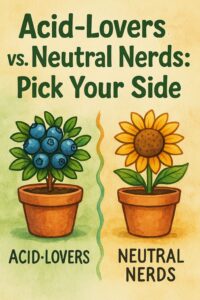
2. Acid-Lovers vs. Neutral Nerds: Pick Your Side
(Or, Why Your Blueberry Bush is Secretly a My Chemical Romance Fan)
Plants have strong opinions about pH. Some crave acidity like a vampire craves nightclubs. Others? They’re basic. Literally. Blueberries, Azaleas, and Ferns are “Team Acid” (pH 4.0–5.5). Tomatoes, Peppers, and most herbs are “Team Chill” (pH 6.0–7.0). Don’t mix them in the same container, or you’ll have a botanical rumble on your hands.
4. Potting Mixes & 5. Containers Smackdown
(Or, Why Your Fern is Side-Eyeing Your Metal Pot Choices)
Swiping right on the perfect soil is key. For acid-lovers, use an “ericaceous” compost. For most other plants, a standard potting mix with added compost is perfect. The pot you choose also matters. Terracotta is breathable but can leach minerals that raise pH over time. Plastic is pH neutral but holds moisture (drill extra holes!). Metal pots can rust and alter pH, and they get very hot in the sun, which can roast roots.
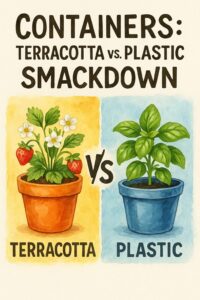
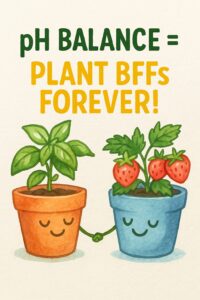
Conclusion: pH Balance = Plant BFFs Forever
(Or, How to Stop Your Basil from Ghosting You and Finally Thrive)
Mastering soil pH isn’t rocket science. It’s about testing, tweaking, and not putting your acid-loving blueberries in the same pot as your basic-loving tomatoes. Get the pH right, and your plants will finally commit, rewarding you with blooms, fruit, and actual growth instead of leafy tantrums.
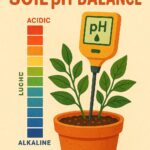
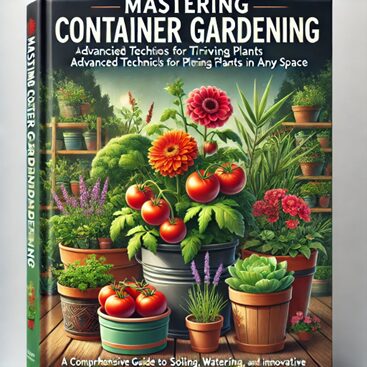
Leave a Reply